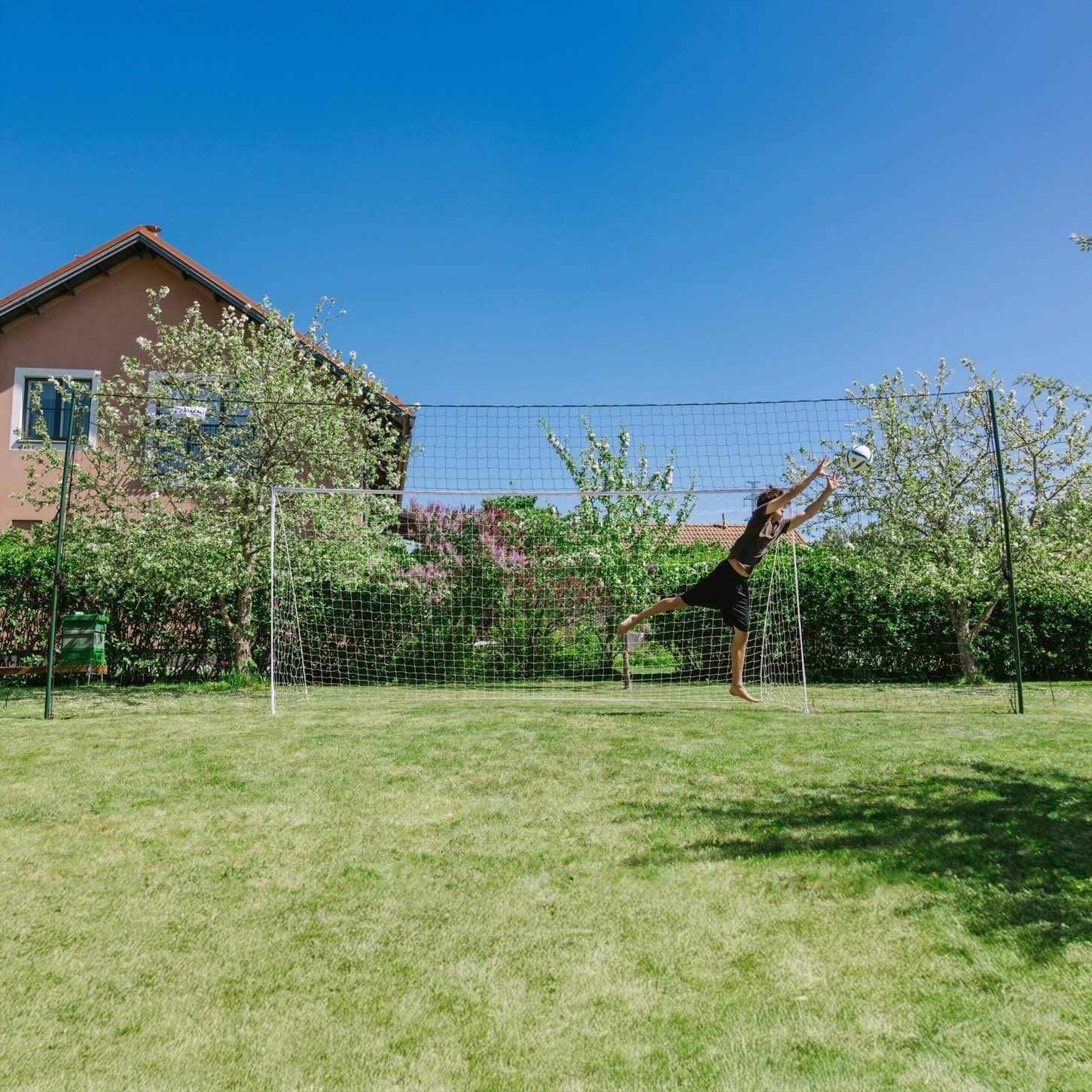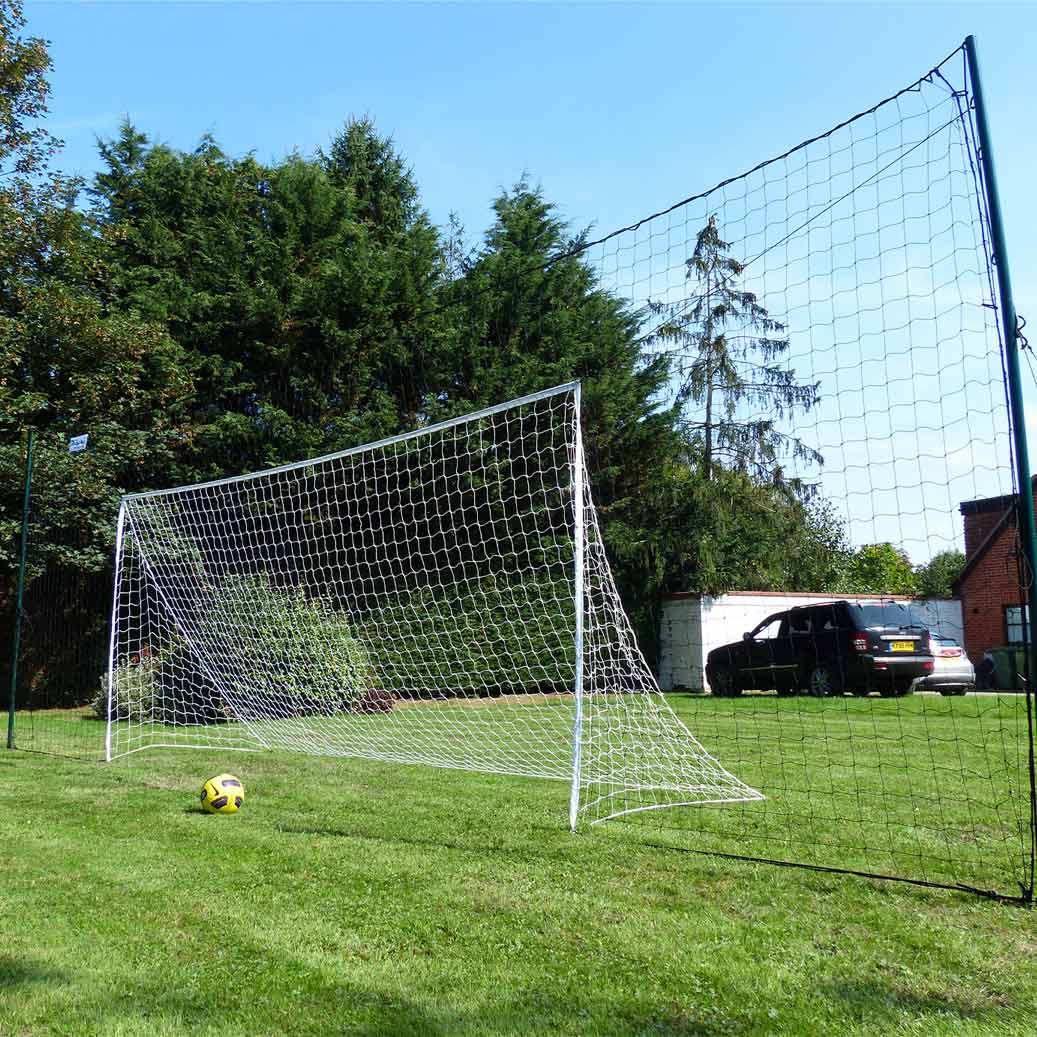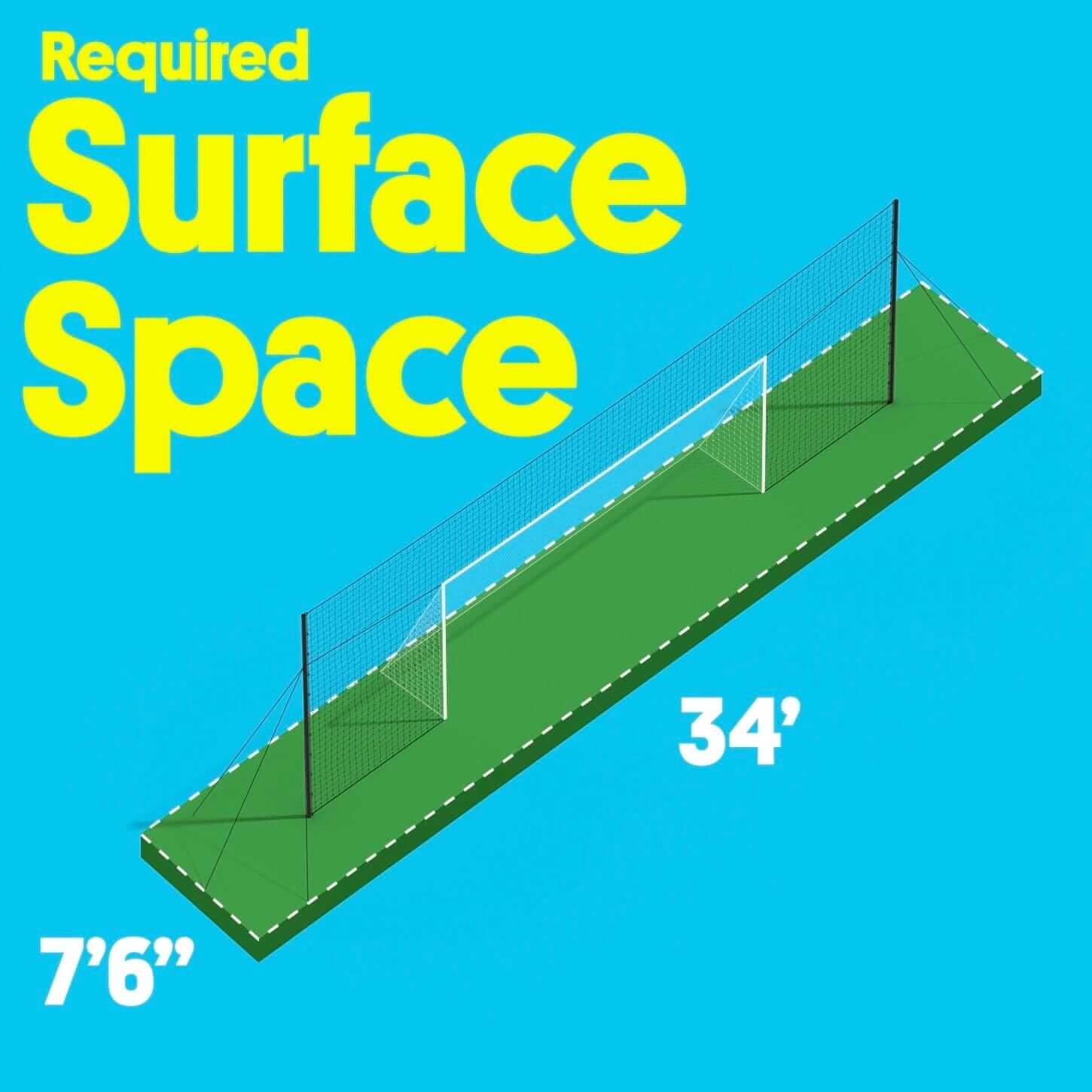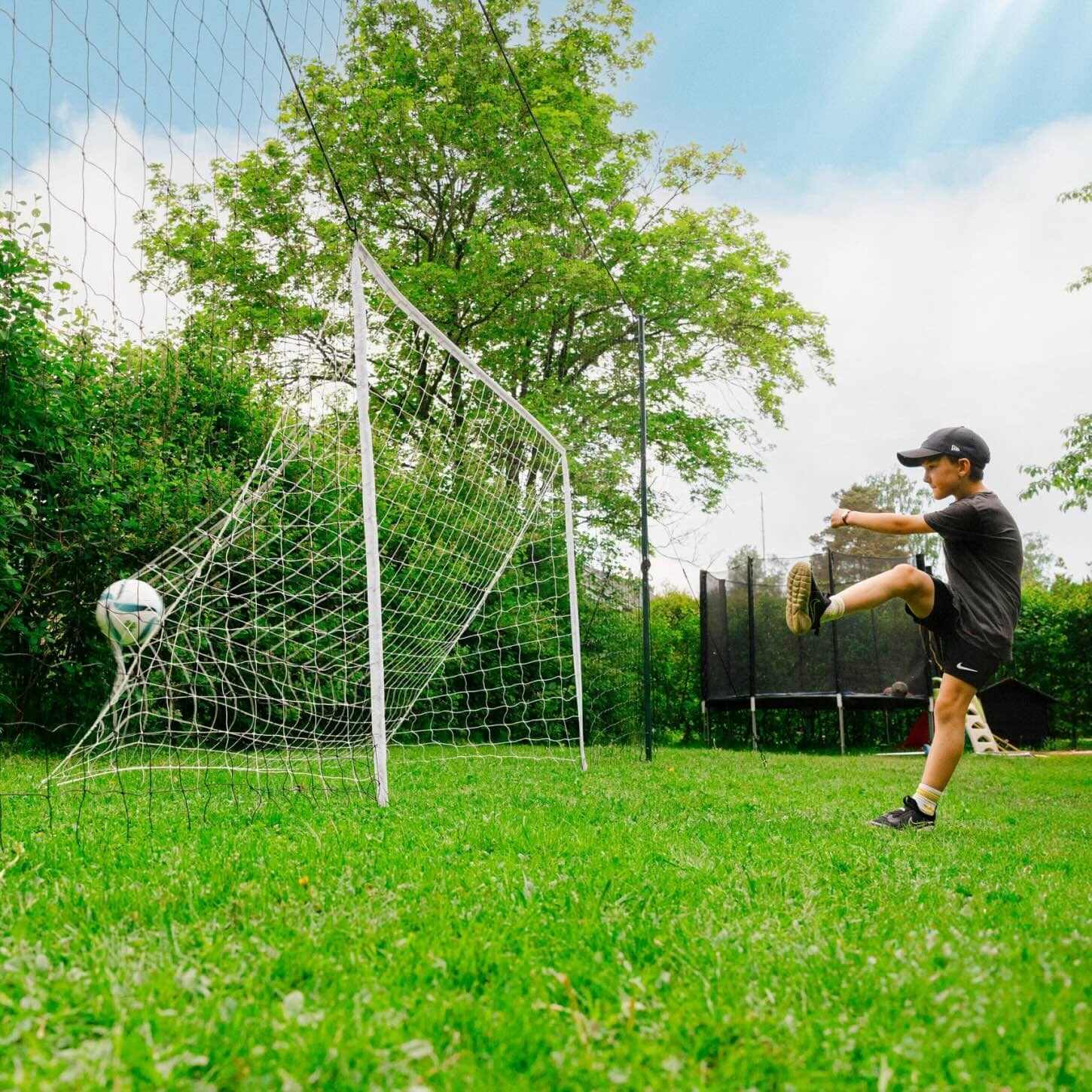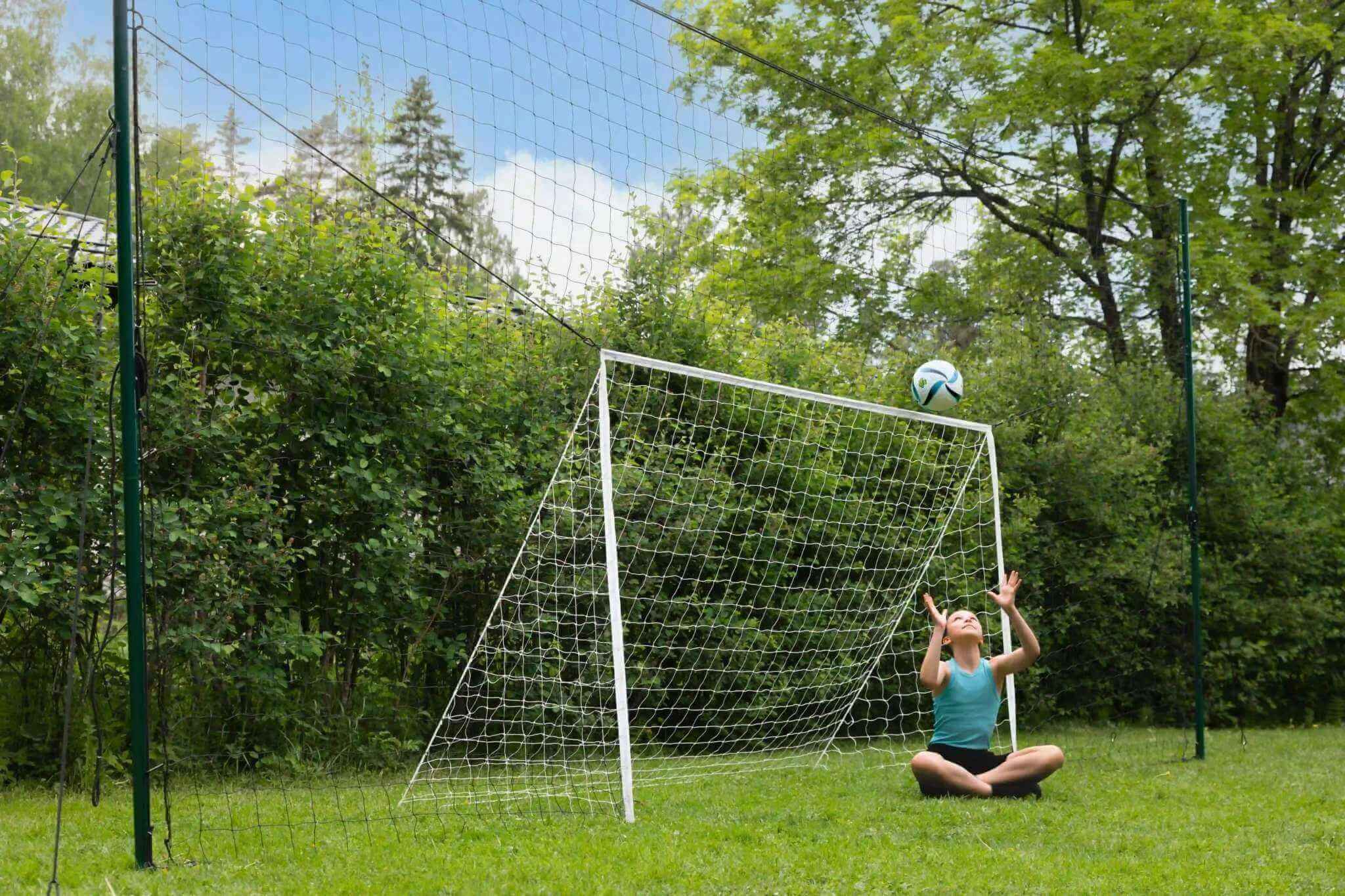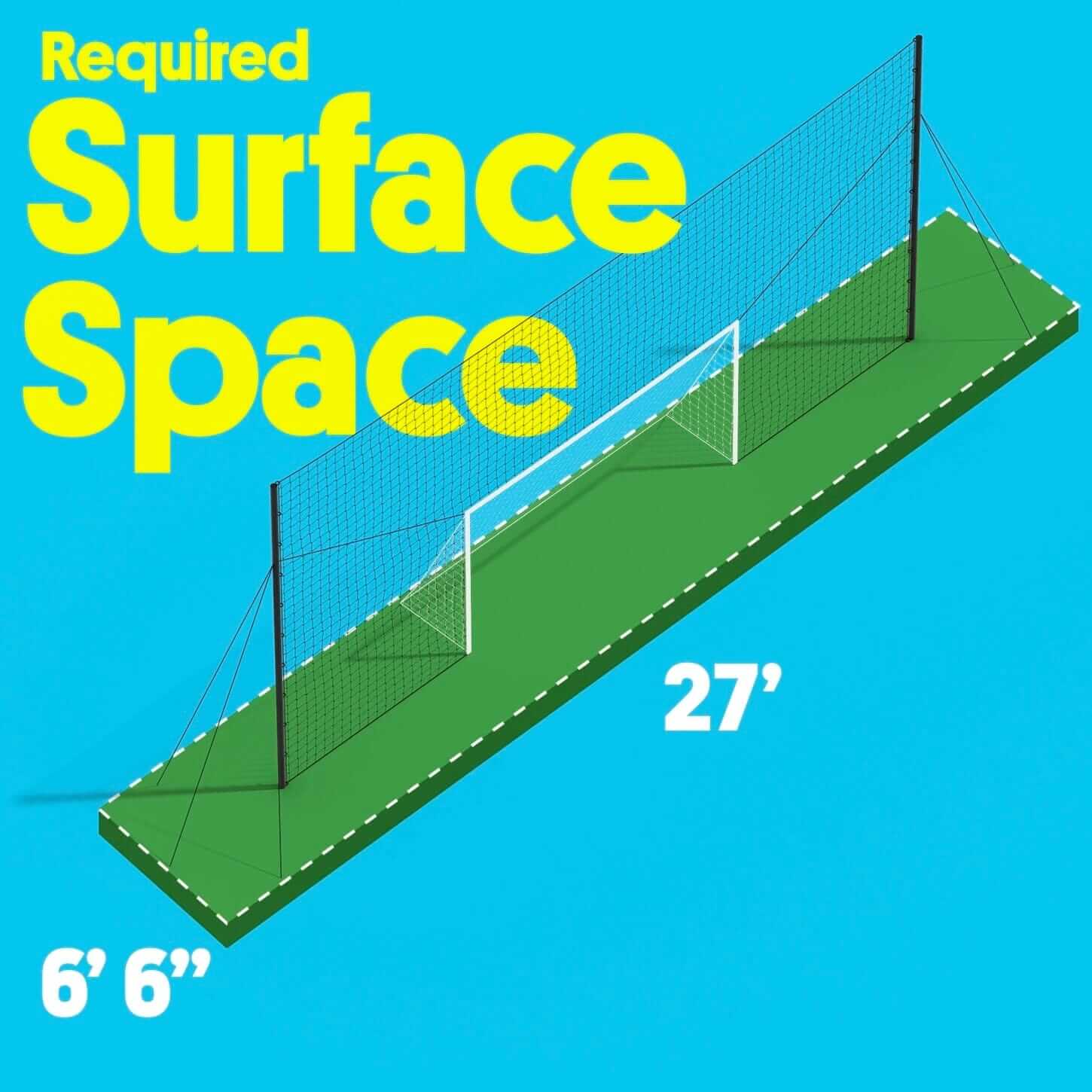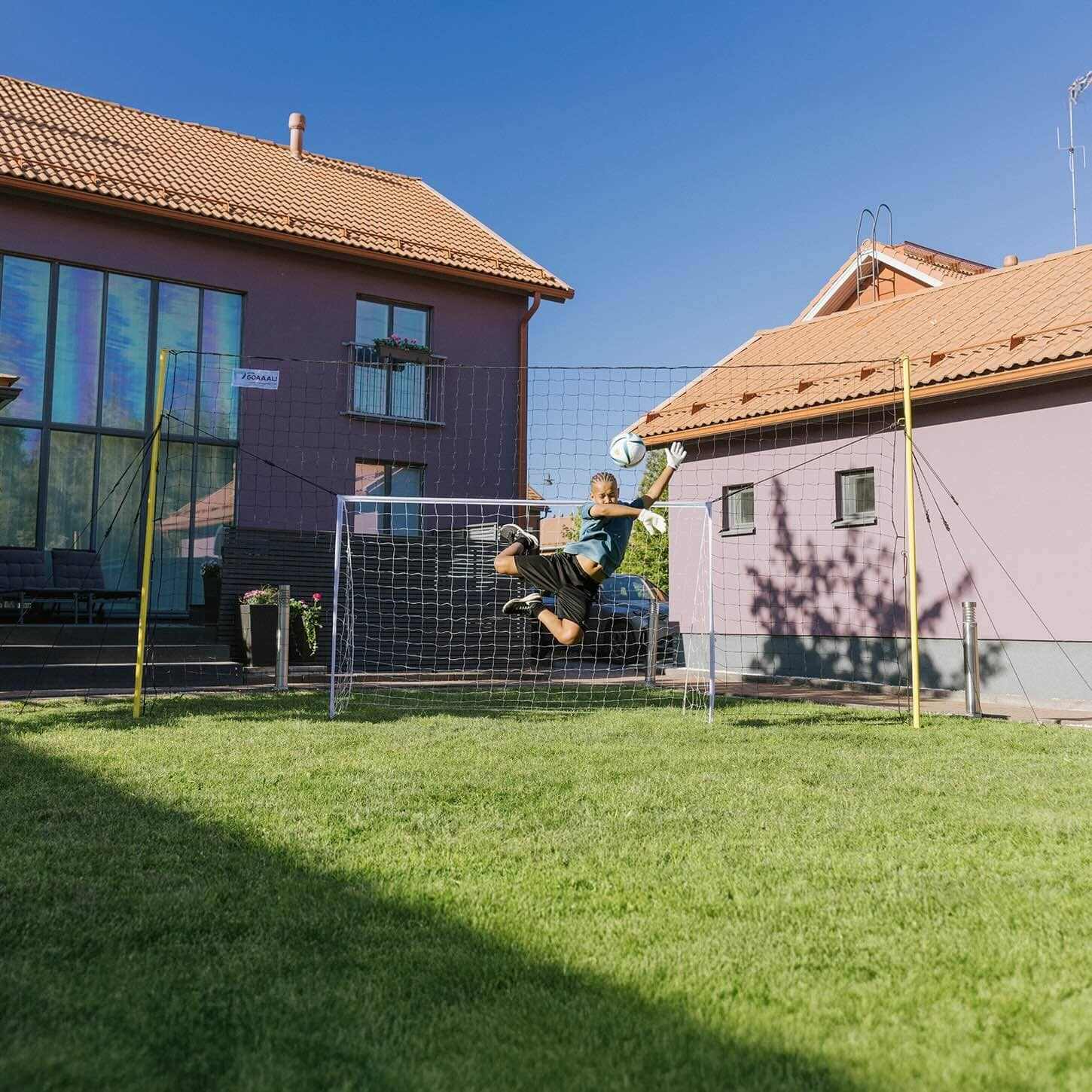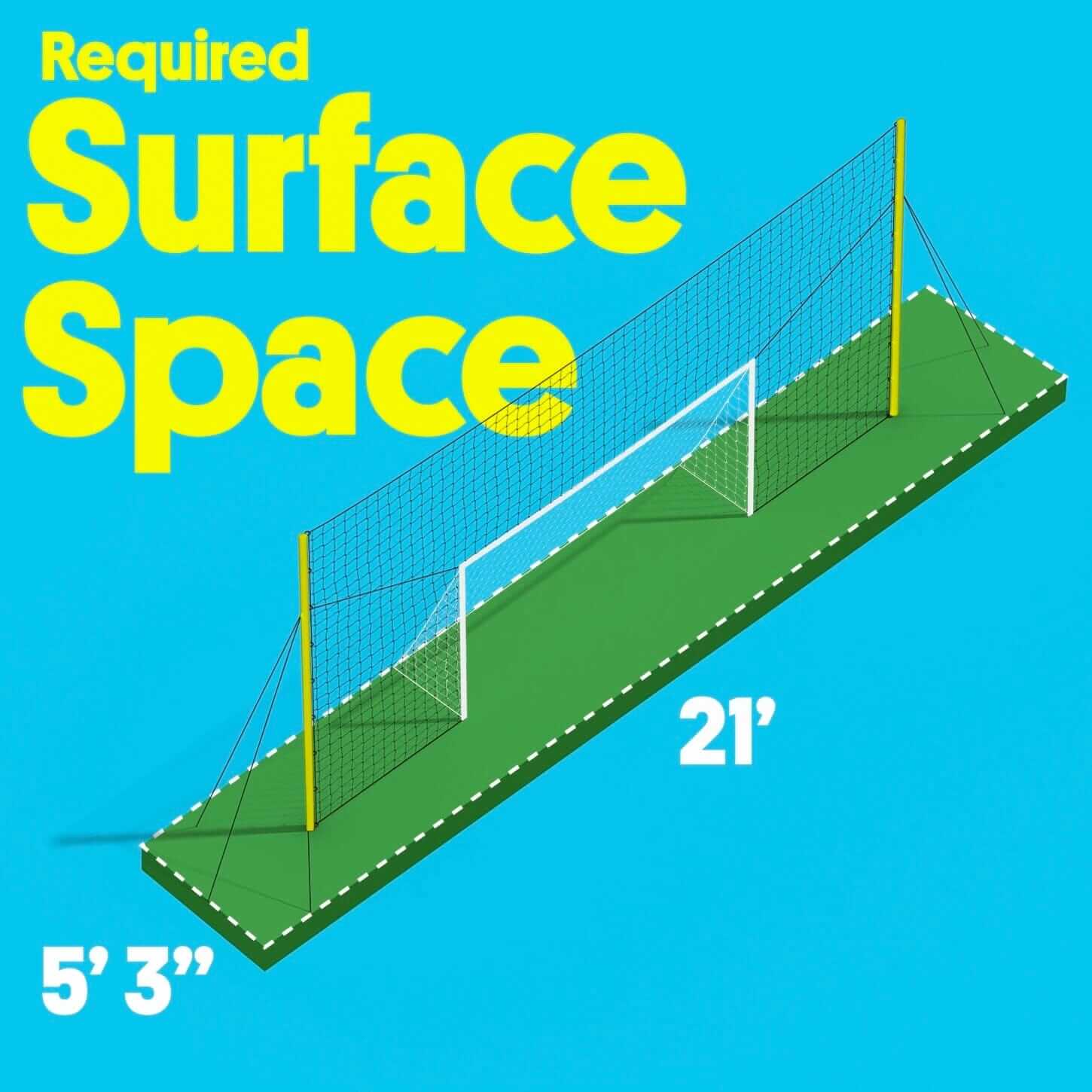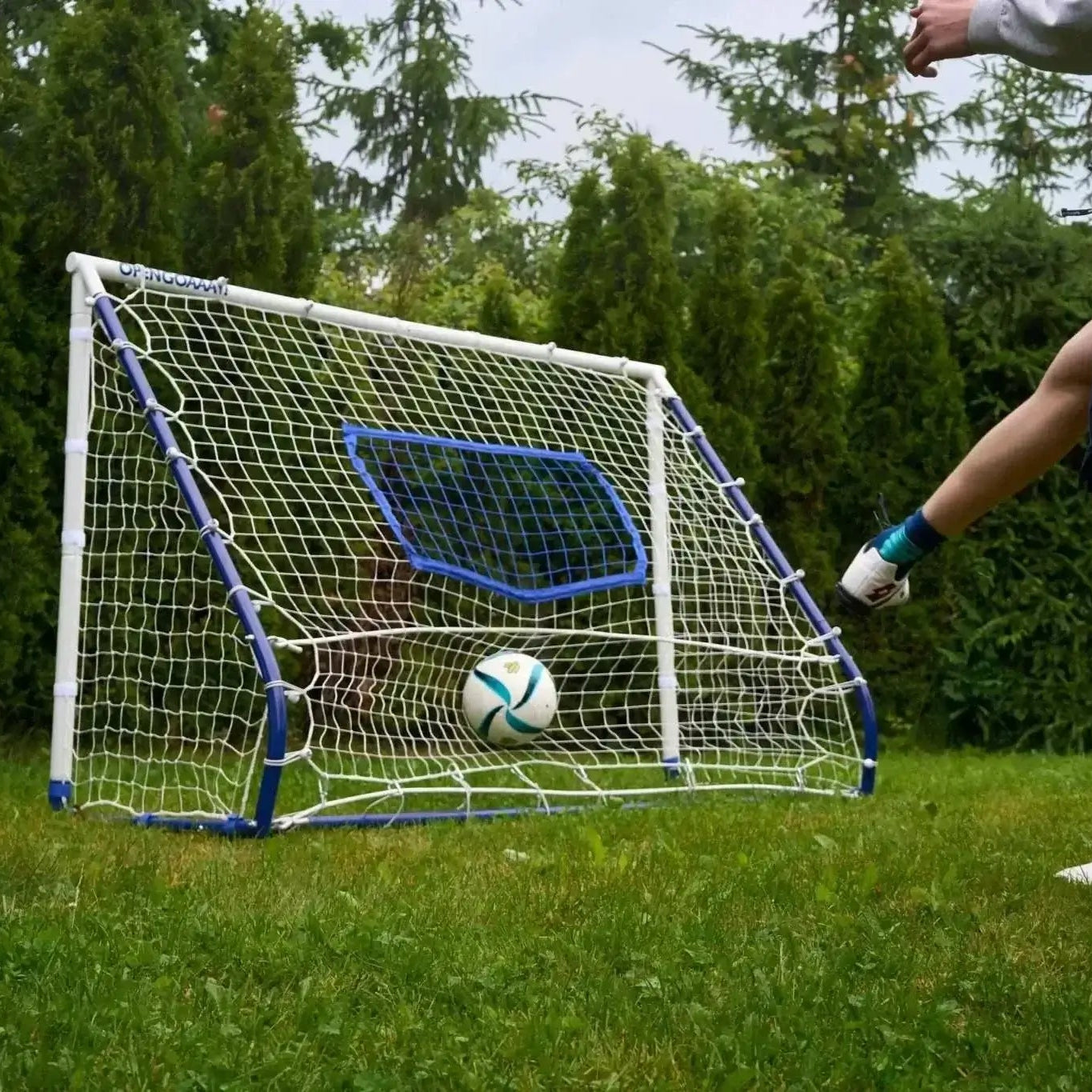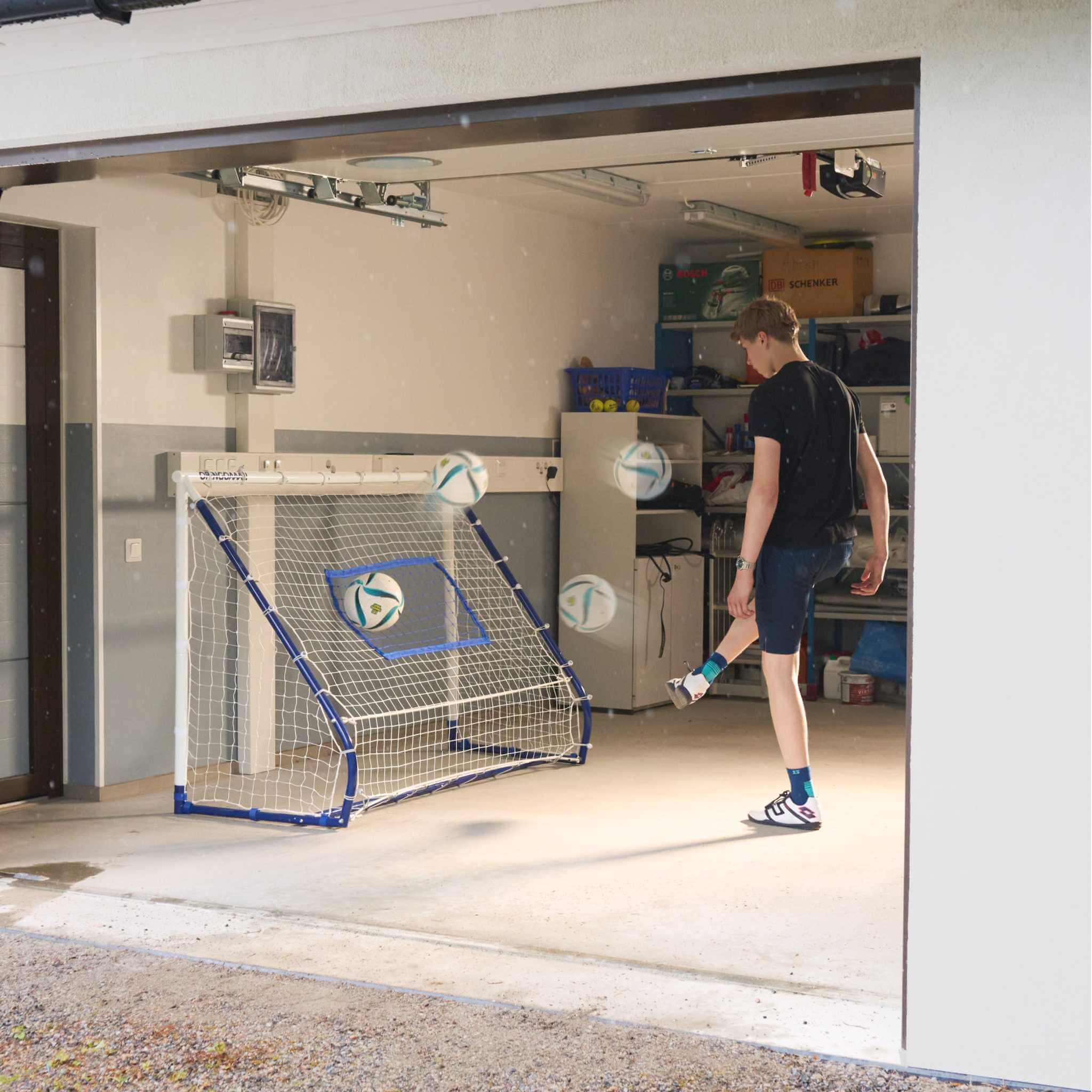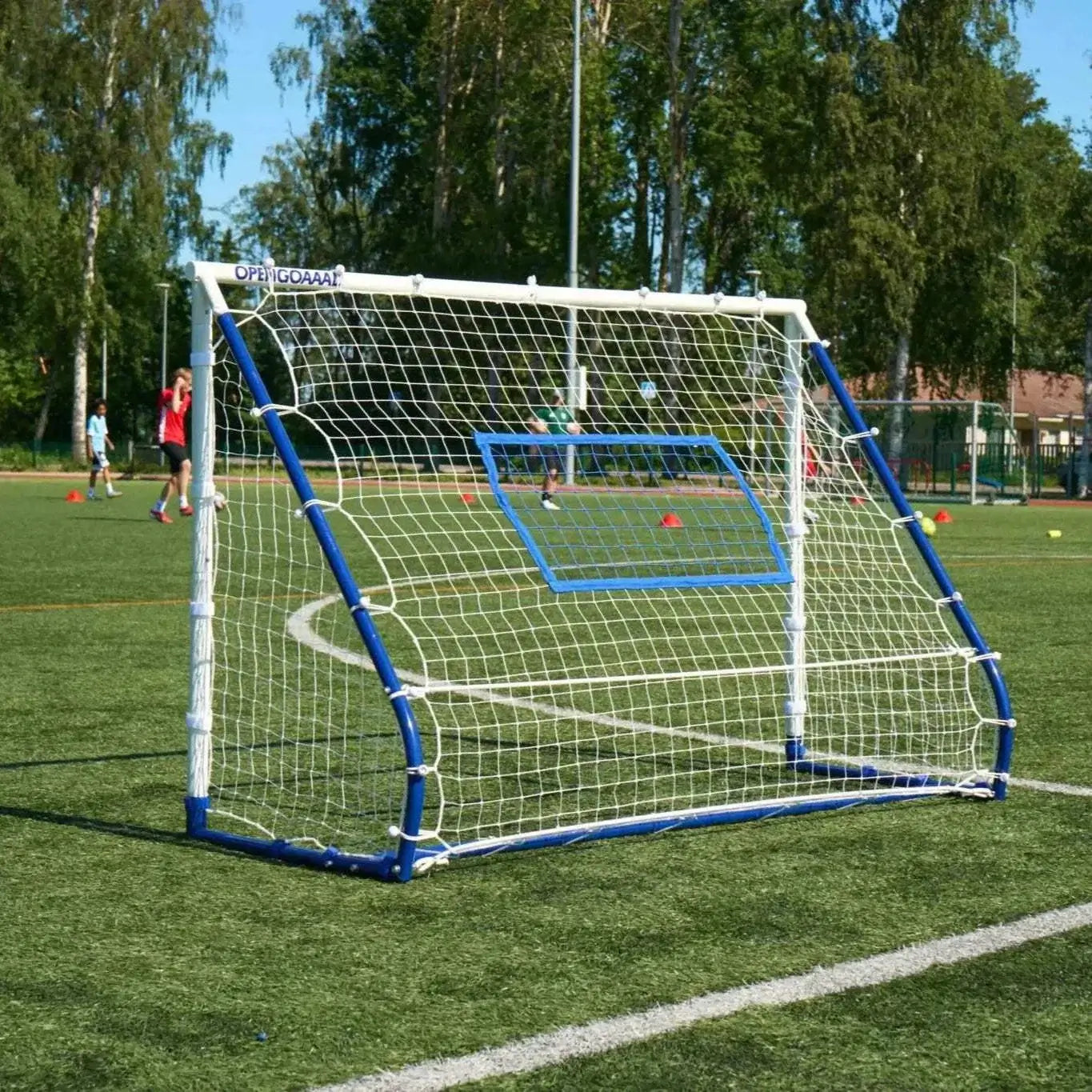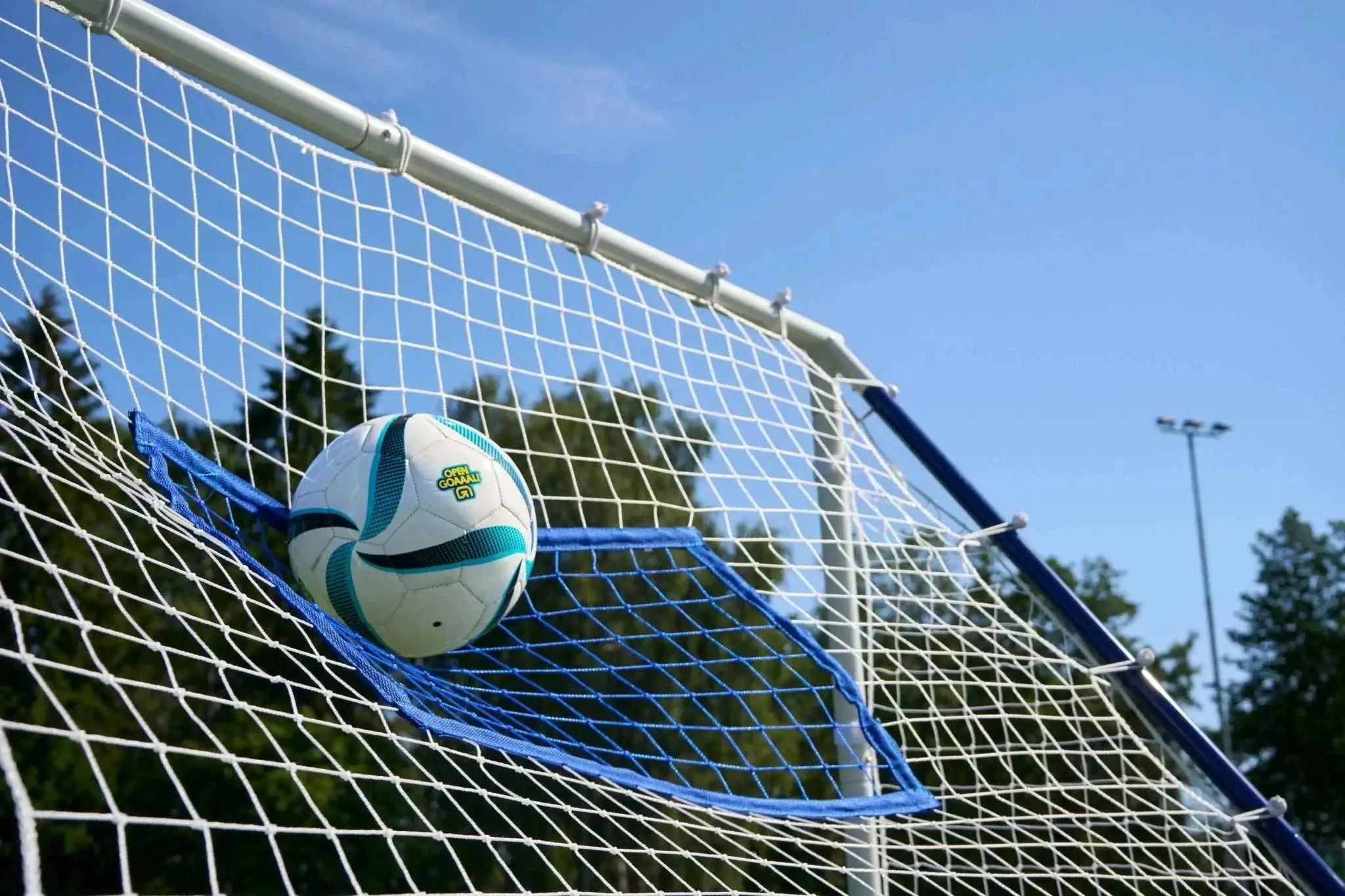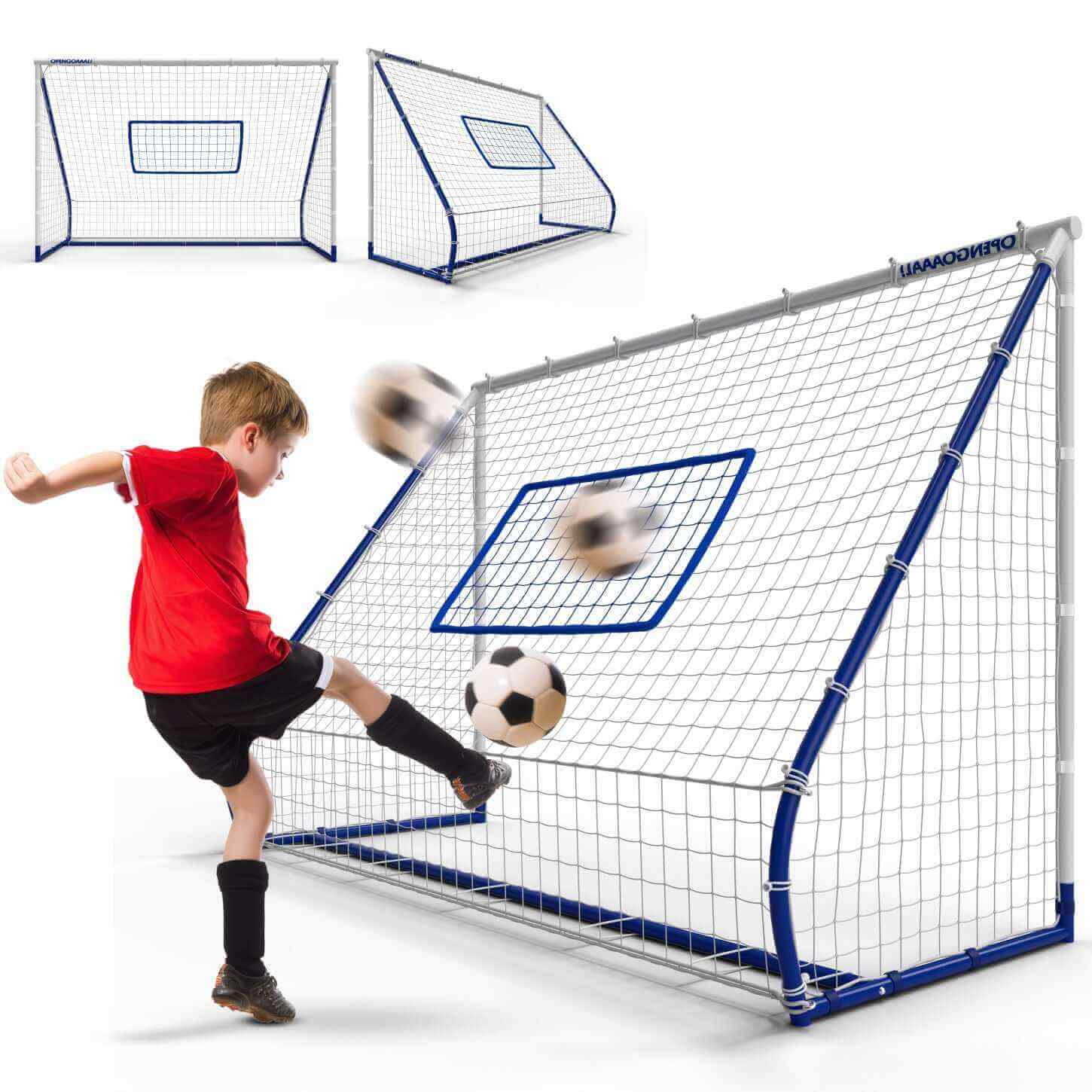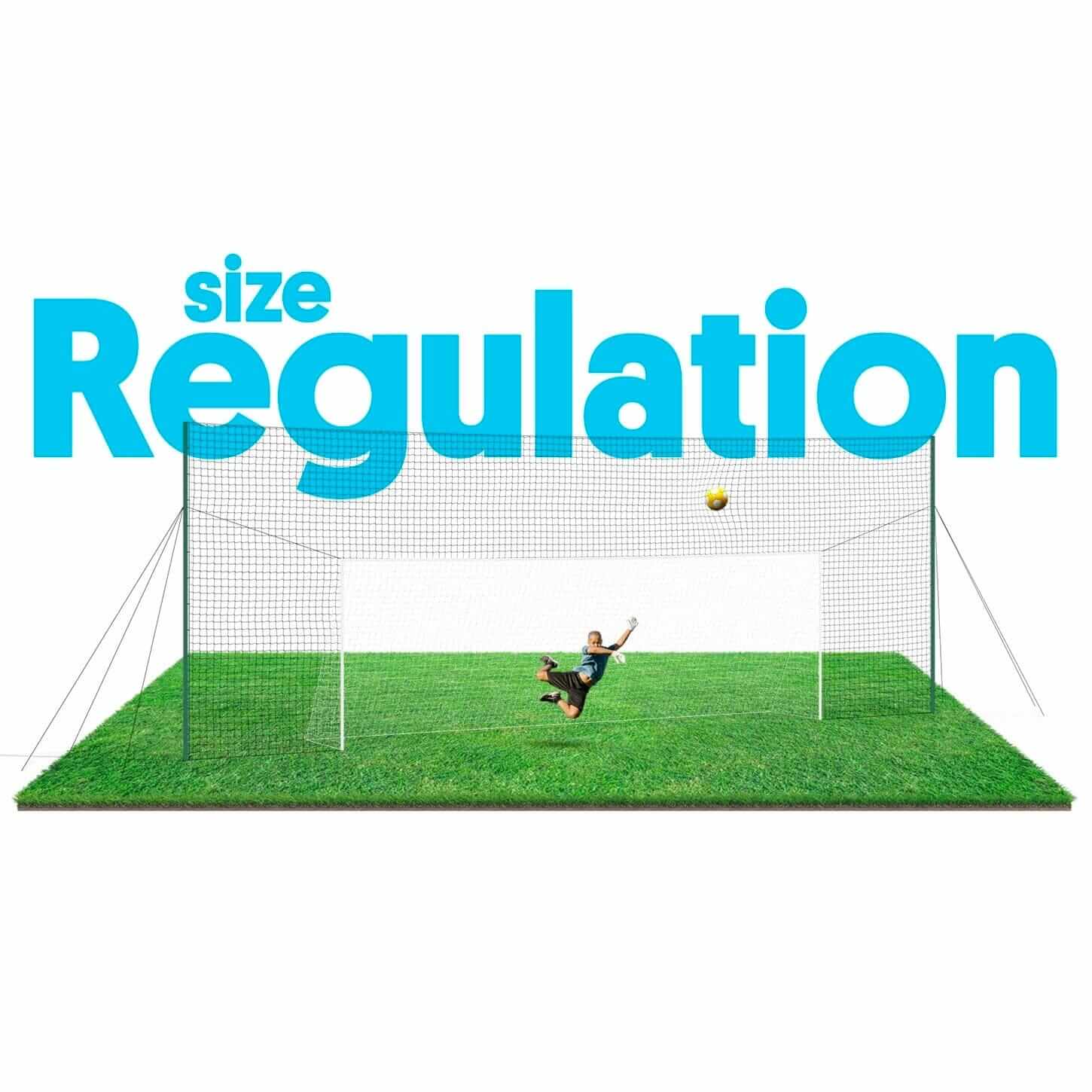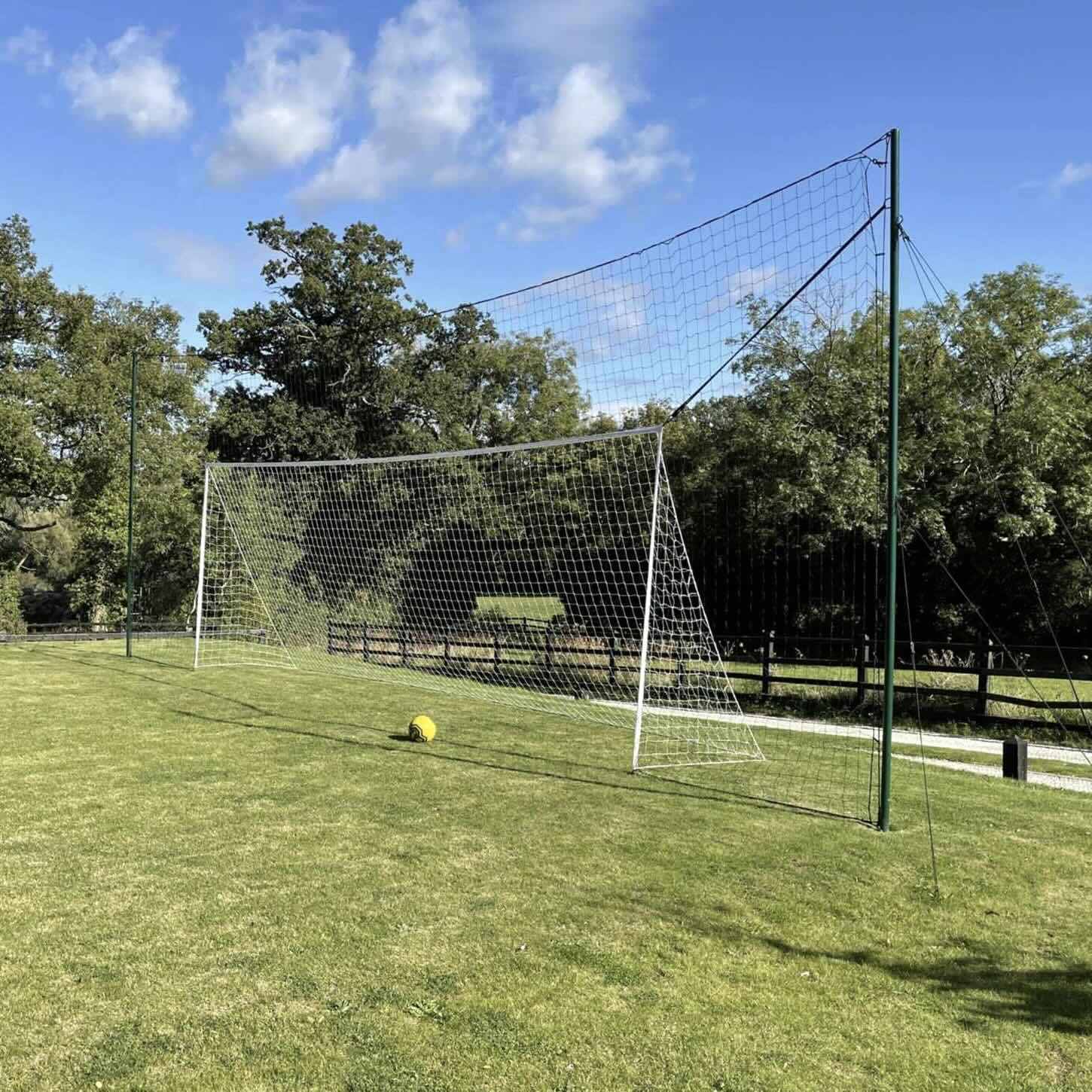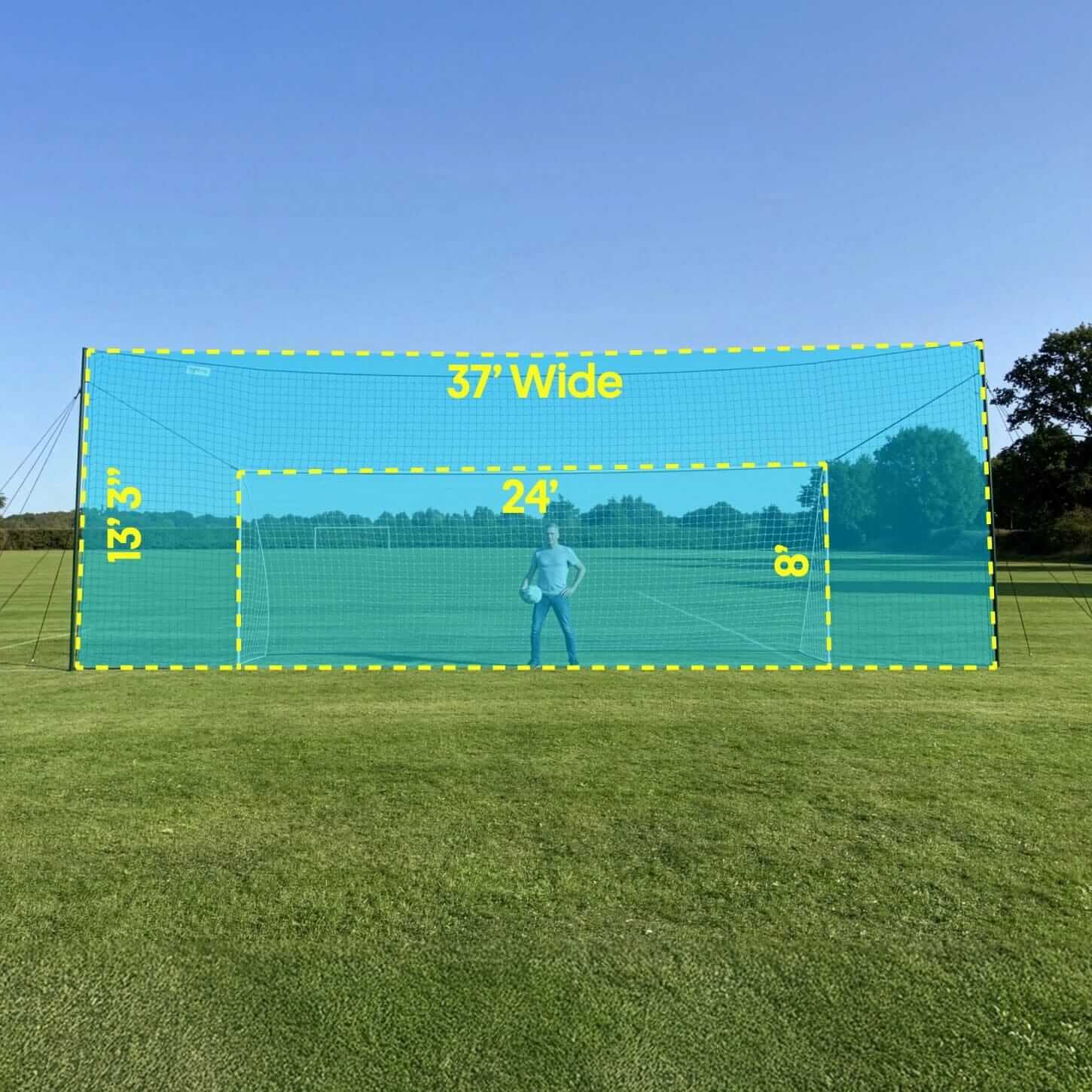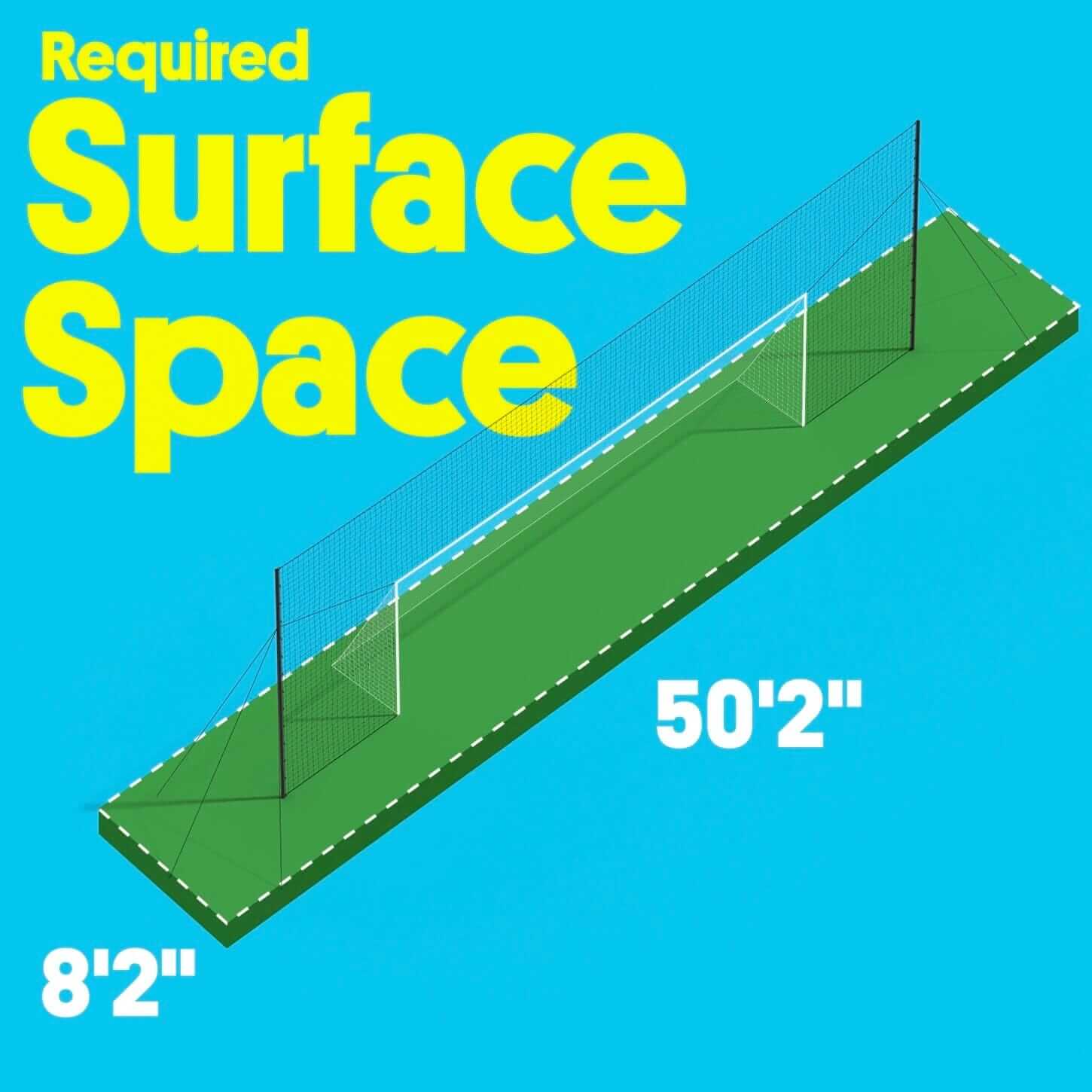Soccer, known as football outside the United States, is a sport beloved by millions worldwide. Its appeal spans all ages, but as with any other sport there is always a risk of soccer injuries. Each year, countless players, from amateurs to professionals, face various injuries, ranging from minor sprains to more severe ones. Understanding and preventing these injuries is crucial for every player’s health and longevity in the sport.
How To Prevent Injuries In Soccer?
Whether you're a youth player, a weekend warrior, or a seasoned professional, the tips and strategies outlined here will help you stay fit on the field. Let’s look at some essentials of injury prevention in soccer with insights and practical advice.
Understanding Soccer Injuries
Types of Soccer Injuries
1. Acute Injuries
In the fast-paced world of soccer, acute injuries are sudden and unexpected. They often occur due to a specific incident on the field, such as a collision with another player, a fall, or a misstep. Common acute injuries include ankle sprains, knee injuries (like ACL tears), and muscle strains. Understanding these injuries, their causes and symptoms is the first step in prevention.
2. Overuse Injuries
Overuse injuries, on the other hand, develop over time. They are the result of repetitive stress on muscles, joints, and tendons without adequate rest and recovery. Conditions like shin splints, Achilles tendonitis, and patellar tendinitis (also known as Jumper’s knee) fall into this category. These injuries are more subtle in their onset but can be equally debilitating. They can also lead to other injuries later on as one leg might be stronger than the other after a big injury and therefore the stronger leg keeps compensating and taking on more strain. It is important to rehabilitate properly and keep going until both legs have the same level of strength again.
Common Causes of Injuries in Soccer
1. Lack of Proper Warm-up
A proper warm-up is crucial in preparing the body for the physical demands of soccer. Skipping this can lead to muscle strains and ligament injuries as the game is fast paced and requires quick movement in different directions.
2. Inadequate Physical Conditioning
Players who lack physical conditioning are more susceptible to injuries. Strength, endurance, and flexibility are key to preventing injuries.
3. Poor Technique and Form
Poor technique and form, especially during tackling or shooting, can increase the risk of injury. Proper training and coaching are essential.
4. Equipment Misuse or Failure
Using inappropriate or worn-out soccer gear can lead to accidents. Regular checks and maintenance of equipment like cleats and shin guards are imperative.
Pre-Play Preparation
Importance of Warm-up and Stretching
1. Dynamic Stretching Techniques
Dynamic stretching involves moving parts of your body and gradually increasing reach, speed of movement, or both. These exercises prepare the muscles for the dynamic movements involved in soccer.
2. Warm-up Routines Tailored for Soccer
A good soccer warm-up should include light aerobic activity, followed by dynamic stretches. This routine increases heart rate and blood flow, warming up the muscles and making them more flexible.
Injury Prevention Exercises for Soccer
Injury prevention exercises are a crucial component of any soccer training regimen. These exercises help in strengthening key muscle groups, improving flexibility, and enhancing overall stability, thus significantly reducing the risk of common soccer-related injuries.
Core Strengthening Exercises
Building a strong core is fundamental. It helps maintain proper posture and reduces the strain on your legs and back, mitigating the risk of injuries.
1. Planks
Planks are excellent for building core strength. A strong core stabilizes your entire body, making you less prone to injuries, especially in your lower back.
2. Russian Twists
This exercise targets the obliques, enhancing rotational strength and stability, vital for soccer players who constantly twist and turn during a game.
Lower Body Strengthening
Strengthening exercises for legs and ankles increase stability and reduce the likelihood of sprains and strains. Exercises like calf raises and squats are beneficial.
1. Squats
Squats strengthen the thighs, hips, and buttocks. Strong leg muscles provide better support for the knees, a common injury area for soccer players.
2. Lunges
Lunges work on several muscle groups simultaneously, improving balance and stability, crucial for soccer players to maintain control and avoid falls.
Flexibility and Mobility Exercises
1. Hamstring Stretches
Flexible hamstrings are essential for soccer players, as tight hamstrings can lead to strains and injuries. Regular stretching can enhance flexibility and dynamic stretch such as Elephant Walk is great for enhancing hamstring flexibility.
2. Hip Flexor Stretches
Tight hip flexors can restrict movement and lead to injuries. Stretching these muscles ensures better mobility and reduces the risk of strains. Hip rotations help with hip mobility and strength.
Balance and Proprioception Exercises
1. Single-Leg Stands
Improving balance on one leg is vital for soccer players. It enhances stability and control, especially during rapid changes in direction.
2. Bosu Ball Exercises
Using a Bosu ball for exercises like squats or step-ups can significantly improve proprioception and ankle stability, reducing the risk of ankle sprains.
Plyometric Exercises
1. Box Jumps
Plyometric exercises like box jumps improve explosive strength and power, heöping soccer players improve in actions like jumping and sprinting.
2. Lateral Hops
Lateral hops increase agility and the ability to quickly change direction, an essential skill on the soccer field.
Nutrition and Hydration for Optimal Performance
1. Pre-Game Nutrition Tips
Eating the right foods before a game provides the necessary energy without causing discomfort. Complex carbohydrates, lean proteins, and staying hydrated are keys.
2. Hydration Strategies for Soccer Players
Hydration is crucial for performance and injury prevention. Drinking water before, during, and after the game helps maintain muscle function and prevents cramps.
On-Field Practices
Techniques for Safe Play
1. Safe Tackling and Defensive Moves
Mastering safe tackling techniques is crucial for injury prevention. This includes learning how to position your body and timing your challenges to minimize the risk of collision and injury. Proper defensive moves not only protect the player but also uphold the spirit of fair play.
2. Avoiding Dangerous Play
Players should avoid reckless behavior such as sliding tackles from behind or using elbows during aerial challenges. Such awareness significantly reduces the risk of causing or sustaining injuries.
Understanding and Adhering to Soccer Rules
1. The Role of Rules in Injury Prevention
Soccer rules are designed not just for fairness but also for safety. Understanding rules like offside, fouls, and handball helps in minimizing dangerous situations on the field.
2. Common Rule Violations Leading to Injuries
Frequent rule violations like dangerous tackles or pushing and shoving can lead to injuries. Players should be educated on these aspects to prevent unnecessary harm.
The Role of Referees in Preventing Injuries
1. Enforcement of Safety Rules
Referees play a crucial role in enforcing rules and maintaining a safe playing environment. Their vigilance and decisions are key to preventing injuries during the game.
2. Recognizing and Acting on Foul Play
Quick and accurate recognition of foul play by referees helps in controlling potentially harmful situations on the field. This includes penalizing dangerous play and ensuring player safety.
Post-Game Care and Injury Management
Cool Down and Recovery Techniques
1. Effective Cool Down Routines
A proper cool down after the game helps in gradual recovery of heart rate and prevents muscle stiffness. It typically involves light jogging and stretching.
2. Post-Game Stretching
Post-game stretching is important for maintaining muscle flexibility and reducing soreness. This routine should focus on major muscle groups used during the game.
3. Ice Bath Recovery
Ice bath, sometimes referred to as cold water immersion, helps to reduce muscle soreness and inflammation, improves blood circulation and remove lactic acid from muscles. Many soccer players use this to help with post match recovery.
Recognizing and Responding to Injuries
1. Immediate Steps for Common Injuries
Knowing how to respond to common injuries like sprains, strains, or cuts is essential. Immediate steps often include the RICE method (Rest, Ice, Compression, Elevation).
2. When to Seek Professional Medical Help
Understanding the severity of an injury and when to seek medical attention is critical. Persistent pain, swelling, or inability to move a joint are signs that medical consultation is needed.
Rehabilitation and Return to Play
1. Guidelines for Gradual Return
Gradual return to play following an injury is vital. A step-by-step approach, often under the guidance of a healthcare professional, ensures a safe return to the sport.
2. Mental and Physical Preparedness for Return
Mental readiness is as important as physical recovery. Players should feel confident and free from fear before returning to full play.
Equipment and Protective Gear
Choosing the Right Soccer Gear
1. Importance of Proper Footwear
Cleats should provide adequate grip, support and be appropriate for the playing surface to reduce the risk of slips and falls. Using soccer grip socks will also provide optimal grip and support.
2. Protective Equipment: Shin Guards, Gloves, etc.
Wearing protective gear like shin guards is mandatory in soccer. They provide crucial protection during tackles and collisions. Goalkeepers should also use gloves and padded clothing to prevent hand and elbow injuries.
Maintenance and Regular Inspection of Gear
1. Checking for Wear and Tear
Regular inspection of equipment for wear and tear can prevent accidents. Worn-out cleats or damaged shin guards are less effective and can pose a safety risk.
2. Guidelines for Gear Replacement
Understanding when to replace soccer gear is key. This includes monitoring the condition of cleats, shin guards, and even the soccer ball for signs of excessive wear.
Conclusion
In conclusion, preventing soccer injuries is a multi-faceted approach that involves understanding the types of injuries, proper preparation, adherence to safe playing techniques, post-game care, and the use of appropriate equipment & exercises. By following the guidelines and tips provided in this article, players can significantly reduce their risk of injury and enjoy a safer, more rewarding soccer experience.
Remember, injury prevention is not just about personal safety; it’s about respecting the game and your fellow players. Stay safe and enjoy the beautiful game!
FAQs
How often should I replace my soccer cleats?
Soccer boots should be replaced as soon as they show signs of wear, such as worn-out studs or tears. Generally, active players might need new cleats every season or two.
What are the signs of a concussion in soccer?
Signs of a concussion include headache, dizziness, confusion, balance problems, and memory loss. Immediate medical attention is crucial if a concussion is suspected.
How can I strengthen my ankles to prevent sprains?
Strengthening exercises like calf raises, ankle circles, and using a resistance band can help. Balance exercises are also effective in improving ankle stability.
Is it safe to play soccer with a minor injury?
Playing with a minor injury can lead to a more serious condition. It’s important to fully recover before returning to play and consult a healthcare professional if in doubt.
What are the best stretches for soccer players?
These include hamstring stretches, quadriceps stretches, calf stretches, hip stretches, glute stretches and groin stretches. Dynamic stretching before a game and static stretching after are recommended.
How often should I perform injury prevention exercises for soccer?
Aim for at least 3 times a week. Consistency is key for building strength and improving flexibility, which are crucial in injury prevention.
Are these exercises suitable for all ages and skill levels?
Yes, these exercises can be adapted for different ages and skill levels. However, it's important to adjust the intensity and complexity according to individual capabilities.
How long should an injury prevention exercise session last?
A session should last between 20 to 30 minutes, focusing on core strength, flexibility, balance and plyometrics.
Can injury prevention exercises help if I'm already injured?
Some exercises may aid in recovery, but it's crucial to consult a healthcare professional before starting any exercise regimen post-injury.
Is warming up before these exercises necessary?
Absolutely. Warming up prepares your muscles and reduces the risk of injury during exercise. A short, dynamic warm-up is recommended.



